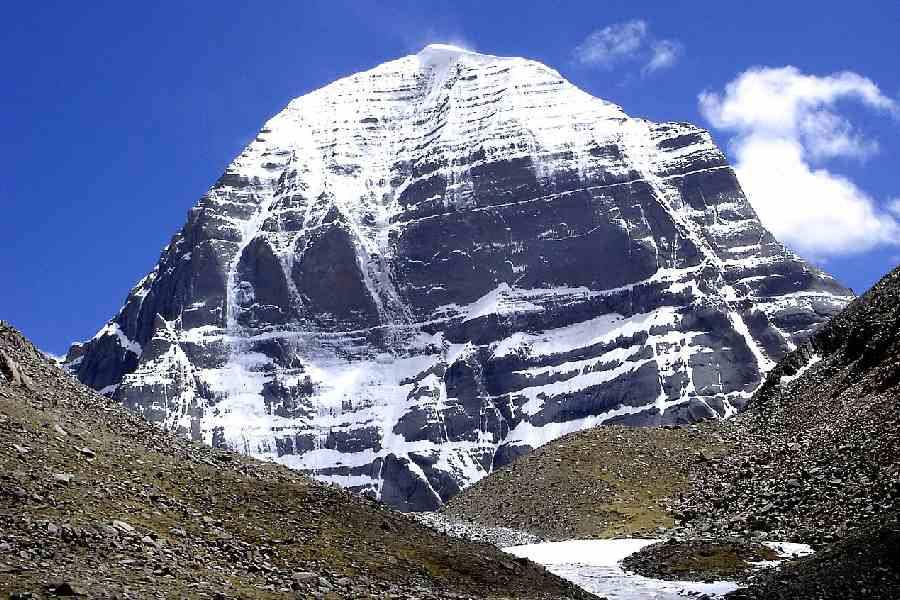 |
Not everyone can afford to feast on cashew nuts, raisins or almonds ? these are only for the affluent. In the wilderness of Chhotanagpur, however, the poor have a close substitute in Bhelwa. Known as Kiro in Oraon and Soso-daru in Mundari, Bhelwa is among the most prominent and elegant plants in this region.
Known to botanists as Semicarpus anacardium, Bhelwa, an Anacardiaceae, is a member of the kaju family. The seasonal Bhelwa tree, which is stripped of its greens between March and May, starts to flower in June. By November, the fruits take shape and by January, they are ready for the market.
The orange cup of the fruit could be eaten instantly or dried and preserved for the rainy days. Commercially, it gets the same respect as dry fruits at the village market and one can get a taste for a rupee per dona (a leaf plate). It leaves an unusual sweetness in the mouth along with a lingering astringent-like aftertaste.
The kernel of the is fruit can also be consumed, though separating it from the seed is a tedious and painful task. The pericarp of the kernel stores a black, oily, acrid juice that, if touched, could create seering sores on the skin. Washerman also use Bhelwa seeds to mark the cloth of their clients ? the black juice, treated with lime as mordant, works just like ink.
The plant efficiently protects itself from being rooted out in large numbers as well. Villagers refrain from cutting it as the black caustic juice pouring from its bark causes painful blisters. The more careful inhabitants make it a point to cover up thoroughly before getting anywhere close to a Bhelwa.
According to Chandramohan Mahto, a resident of Madhukama village of Bundu block, some people are more sensitive to this plant. ?Kuch logon ko Bhelwa lagta hai,? he observes. Many get swollen-eyed and blistered only after a walk under the tree.
Oraondih village?s Chakradhar Mahto, a lecturer by profession, informed that Bhelwa oil is also used as pest repellent and is especially effective on rats. The little rodents only have to come in contact with the oil to be eliminated.
Apart from inflicting physical agony, the plant also has healing properties. In fact, a Bhelwa-struck person can find relief in the soil on which the tree grows ? the muddy soil around the roots is rubbed on the body to cure sores and swellings caused by the plant. Bundu?s Rameshwer Pramanik, a 90-year old herbal practitioner with 70 years of experience, often treats Eczema ring by marking the periphery of the rash with Bhelwa seed oil.
Bhelwa oil is also effective on corns and provides relief to those suffering from gout and Arthritis. Scripts also claim that Bhelwa has digestive properties and is useful for piles, skin diseases, dyspepsia and nervous debility.
Bhelwa is the panacea for several cattle diseases too. When livestock is inflicted by Dangar pilha ? enlarged spleen ? the affected area on the skin is pricked with hot Bhelwa seed to make a cut. As the wound heals, the disease diminishes. The pericarp is also used by mahouts on elephants.
Bhelwa fruit also has some outlandish utilities in the region. The oil from its seed is often smeared on thieves to teach them a lesson. In Panch Pargana, there is a tradition of fumigating the surroundings of a neo-natal child with Bhelwa seed smoke. This is supposed to ensure that kid remains immune to the ill-effects of Bhelwa in the future.
Truly, Mother Nature?s gift to the poor and downtrodden.
Sudhanshu and Bandana
P.P.K. College, Bundu










